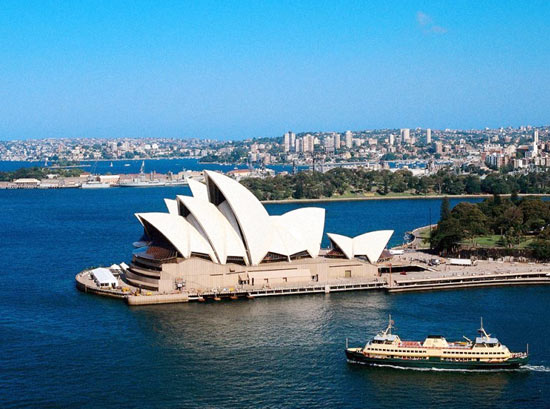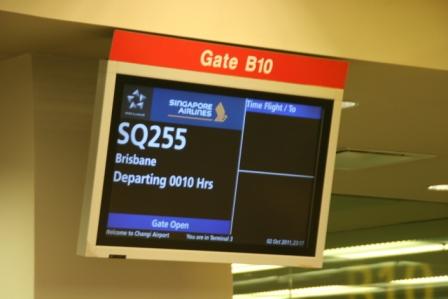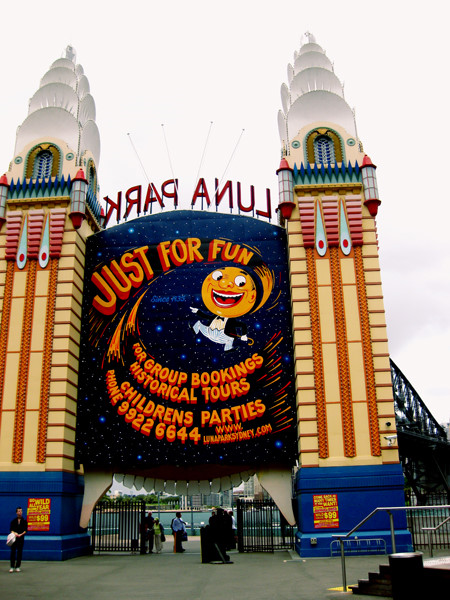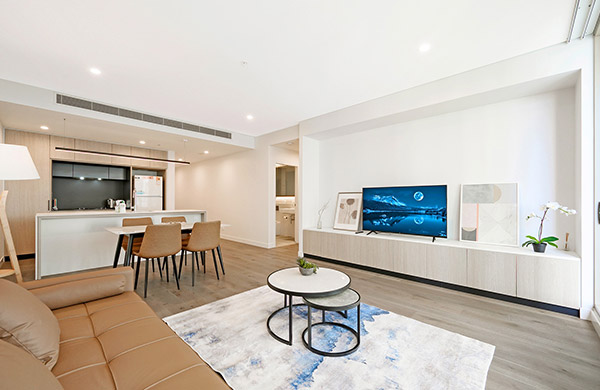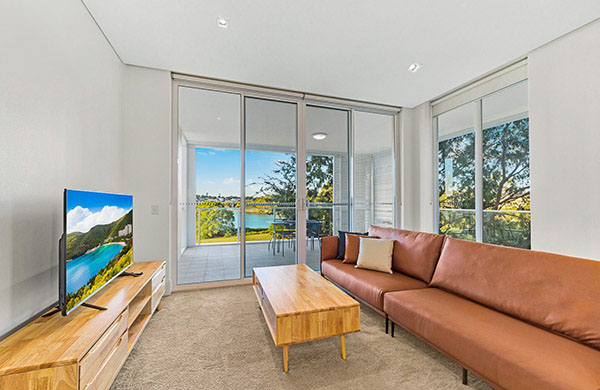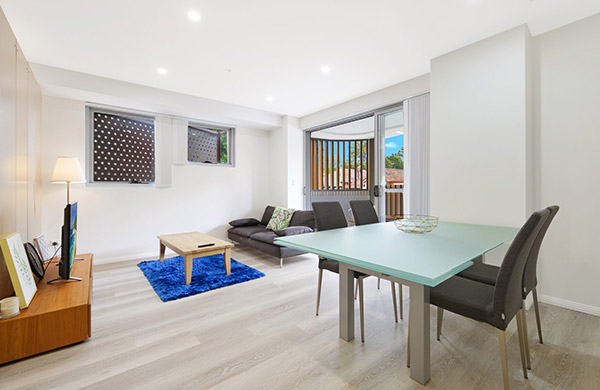Travel Guides and Stories
Self-Drive Tour: Tasmania - An Island Gazing at Antarctica (HD Photo Collection)
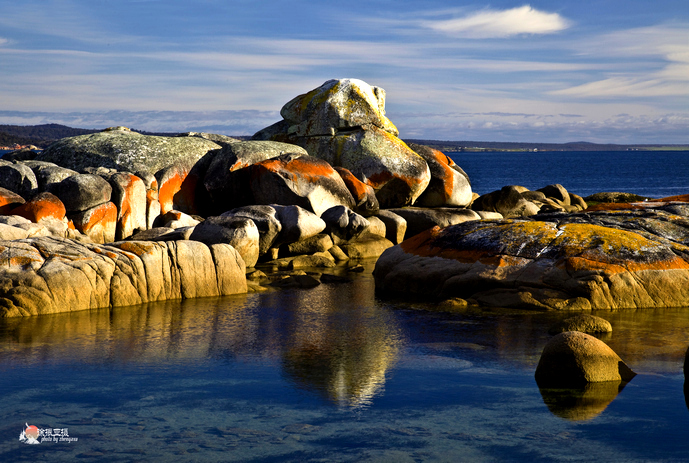
Tasmania is Australia's closest state to Antarctica. Separated from the Antarctic continent by ocean, travelers often refer to it as "the end of the world." Before my visit, I wondered how interesting such a remote island could be. However, after some research, my confidence grew: 20% of the island is World Heritage listed, including numerous national parks such as the picturesque Freycinet National Park, the breathtaking Wineglass Bay, and Cradle Mountain which requires challenging long-distance hiking.
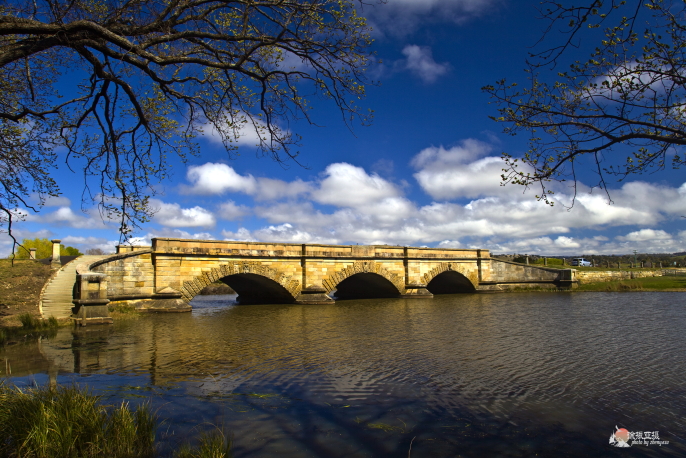
While most islands offer blue skies, white clouds, beaches, and well-preserved ecosystems, Tasmania has much more. It's like a miniature continent, concentrating many untouched natural landscapes including coastlines, beaches, mountains, grasslands, forests, and wilderness.
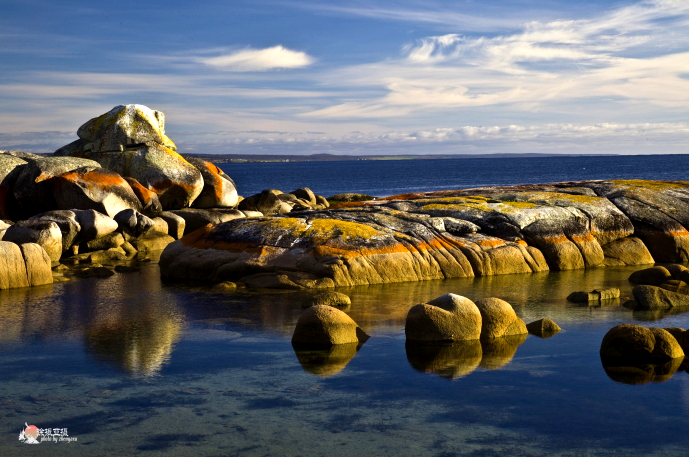
What makes Tasmania even more captivating is its unique Southern Hemisphere cultural elements. The colonial-era English town architecture exudes medieval elegance, while the enchanting pastoral countryside views invite natural relaxation. The vast pastures framed by magnificent mountains and waters radiate endless tranquility, allowing visitors to experience the leisurely lifestyle at "the end of the world." Everything you can observe, feel, and touch helps you find a sense of serene peace.
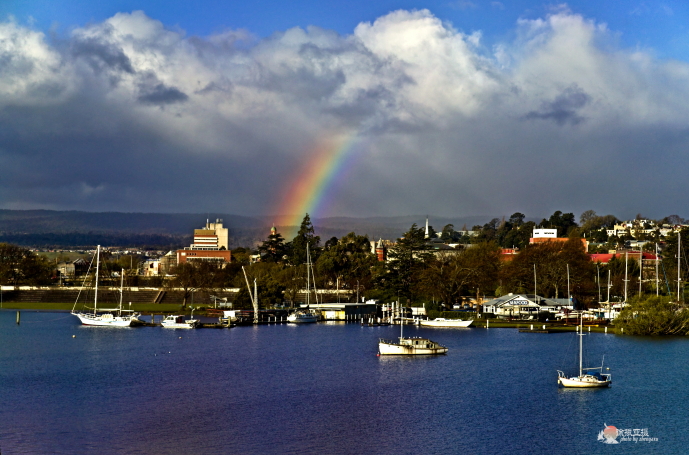
Tasmania's shape resembles a human heart, with two major cities along its central line - Hobart in the south and Launceston in the north. I booked my flights in Sydney through a Chinese travel agency. They mentioned most people fly directly to Hobart, but since tickets there were more expensive than to Launceston, I chose Launceston as my arrival point. In retrospect, this wasn't the wisest choice, as Hobart offers far more attractions as a city than Launceston.
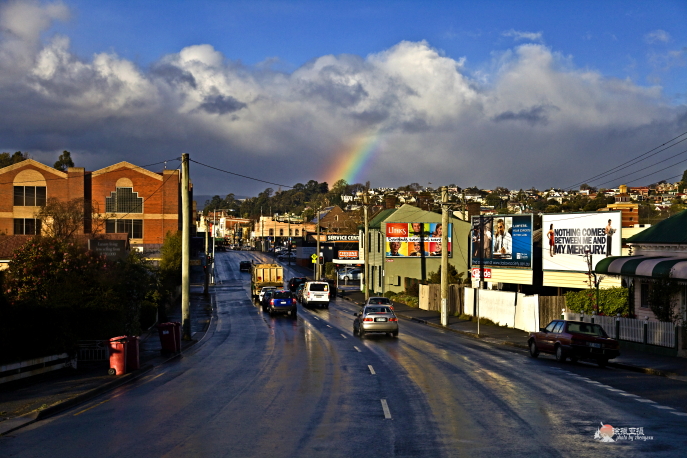
Self-driving is probably the best way to explore Tasmania - it's a sparsely populated island where tourism by public transport is hardly imaginable. The road conditions aren't about traffic congestion, but rather unstable surfaces. Some sections are quite rough, and many beautiful attractions are accessed via dirt roads. However, "the journey is the destination," and surprises await at every turn - there's no chance of scenic fatigue.
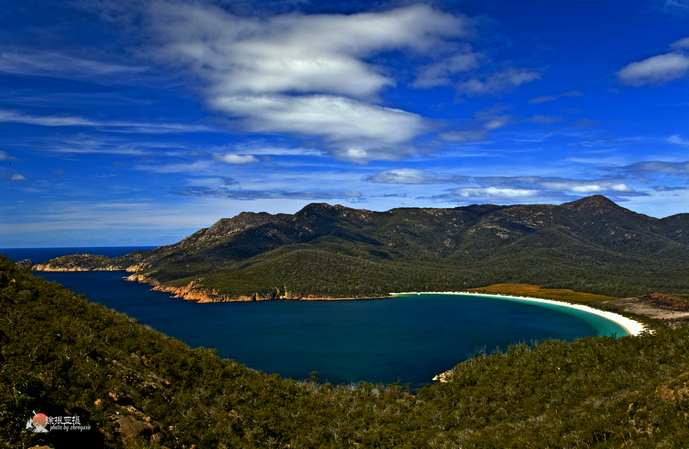
Tasmania's east coast mainly features beach scenery, with famous spots like Wineglass Bay and Port Arthur along this route. The north coast boasts the renowned Cradle Mountain National Park, a must-visit destination for almost every tourist to Tasmania. Along the way, towns, villages, beaches, mountains, and various wildlife (including Tasmania-specific species) flash by, while occasional stops for photos, sightseeing, hiking, and walking make for a truly enjoyable self-drive tour.
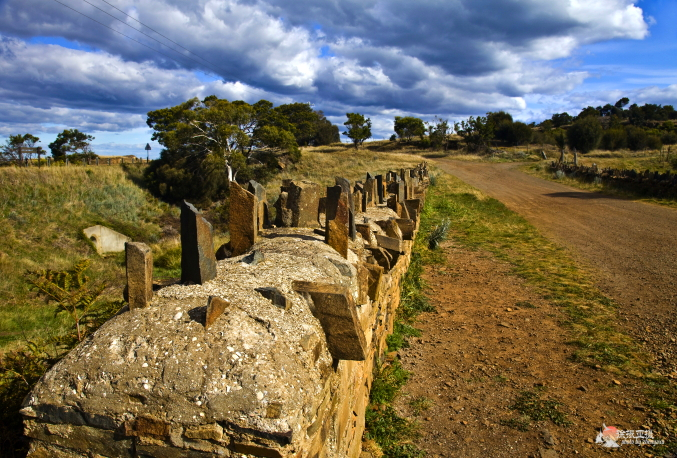
However, it must be acknowledged that Tasmania isn't considered a paradise. While islands like Hawaii represent earthly paradise, Tahiti naturally has paradise-like characteristics, and even the Maldives is often viewed as paradise, Tasmania doesn't share this distinction. This was another of my concerns. Despite all the positive reviews, it never earned the title of earthly paradise. Upon setting foot on the island, its colors, atmosphere, ambiance, and many details felt different from the typical "paradise." On reflection, it makes sense - after the early aboriginal inhabitants, the first Western use of the island was as a prison site. One can imagine how far the overall environment of a place chosen for a remote prison would be from paradise.
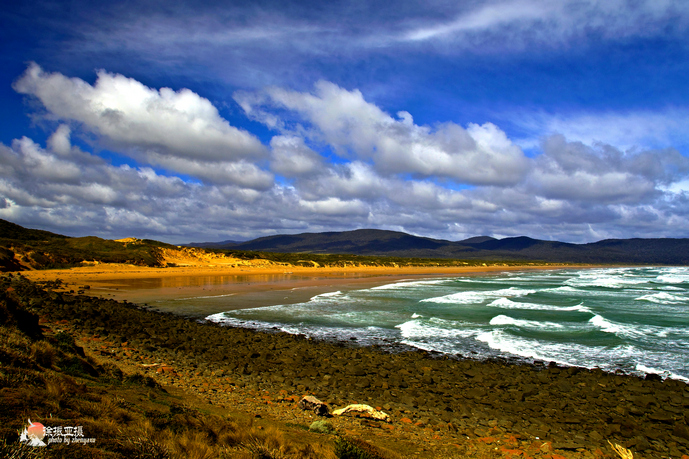
9
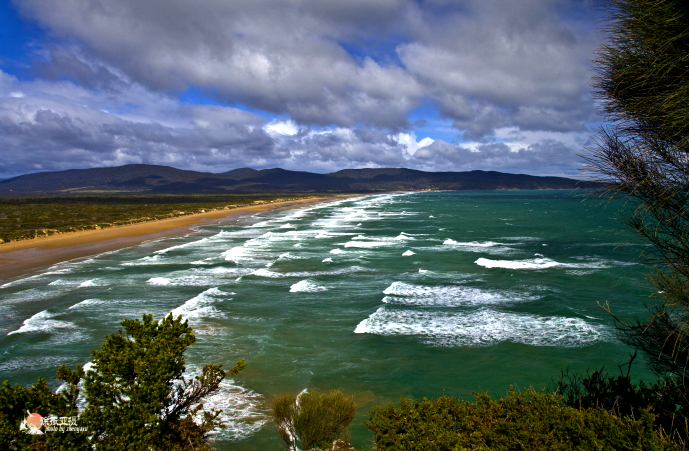
This reminds me of Hokkaido, Japan, which was also an excellent location for establishing prisons. It used to be a snow-covered wilderness. When I visited in April, not only were the mountains blanketed in white, but it even started snowing heavily during my prison tour! Tasmania has similar circumstances. While driving to Port Arthur, I unfortunately hit rush hour traffic, and despite being just a few miles away, the traffic was at a standstill. Since I needed to reach Hobart to find accommodation, I had to abandon my plans.
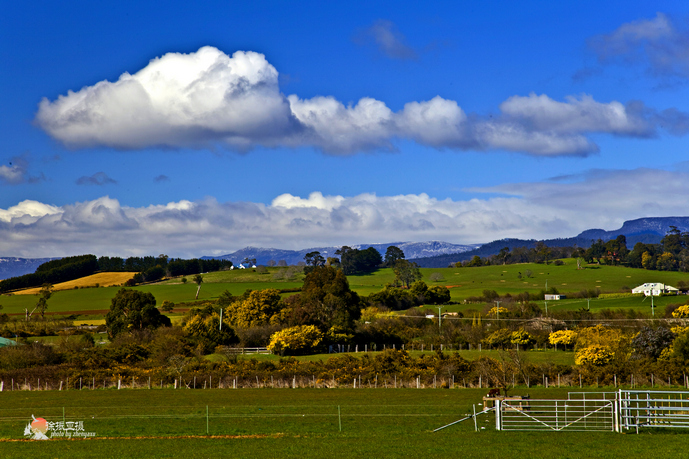
Later I learned that it was just a bottleneck - if transportation had been convenient, it couldn't have become a world-famous prison site. After touring around, Tasmania's non-paradise feel only intensified, even taking on a somewhat hellish quality. Perhaps due to the temperature, the sunlight here is never quite clear, giving the scenery an indescribable tone - dim, antiquated? In any case, it constantly reminds you that this is the end of the world, once a prison sanctuary.
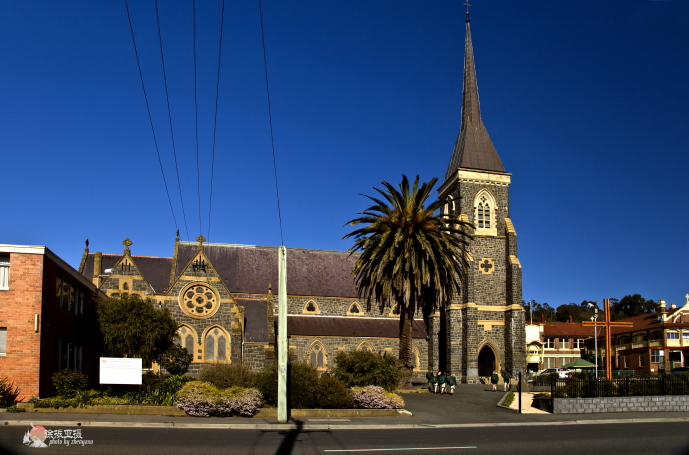
Yet, Tasmania is truly fascinating. Its appeal lies in its uniqueness, its lack of stereotypical paradise features. While it has blue skies, white clouds, beaches, and green grass, they all come in a different palette. Being there evokes different emotions, allowing you to experience how the "end of the world" atmosphere affects both body and mind.
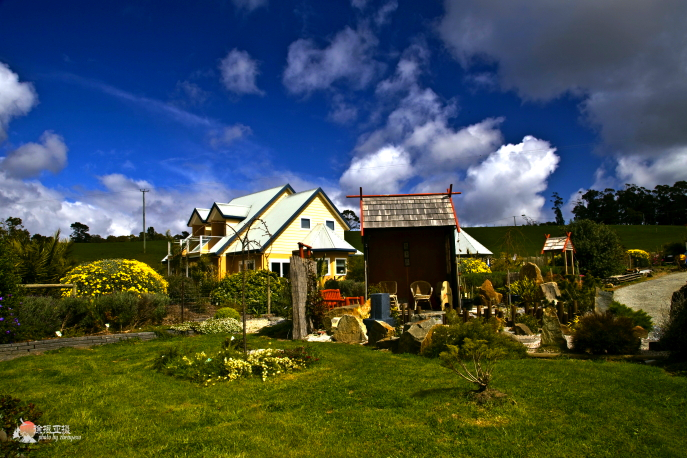
Launceston was particularly important for my self-drive tour as it served as my base, where I rented a car and stayed in hotels, making it my transit hub. Launceston is a northern port city in Tasmania, Australia's second-largest city in the state and a major commercial and tourist center, situated in the Tamar Valley, 50 kilometers from the coast. As one of Australia's oldest cities, it's much larger than I imagined, with elegant Edwardian and Victorian architecture lining the streets, surrounded by century-old parks and gardens, creating a stark contrast to the vibrant restaurant and café-filled Launceston harbor district.

Tour groups typically arrange visits to popular attractions like Australia's finest regional art gallery - the Queen Victoria Museum, cool-climate vineyards, Narawntapu National Park, historic villages of Evandale and Longford with their ancient farms, or estates like Woolmers, Brickendon, Panshangar, and Clarendon House. But as a self-drive tourist, I could freely explore Launceston's uniquely shaped bays at my own pace.

Driving north along the bay, the winding coastline creates countless formations, forming many "West Lakes" and "Erhai Lakes." It also creates unique bay microclimates where you can often see rain in the west while the sun shines in the east. Rainbows appeared multiple times along the way, with surprisingly vibrant colors that caught me off guard.
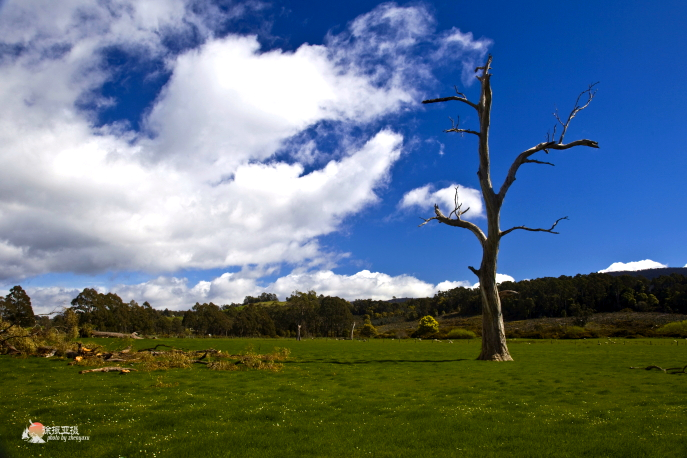
Narawntapu National Park is less than an hour's drive from Launceston. In the eastern section of the park, there's a diverse array of wildlife in abundant numbers across various habitats. Wild ducks, waders, seabirds, honeyeaters, black-capped parrots, and green rosellas appear unexpectedly among the eucalyptus forests. At dawn and dusk, you can have close encounters with foraging Forester kangaroos, Bennett's wallabies, pademelons, and wombats. They show no fear of tourists, though feeding them is strictly prohibited. Many visitors come to swim, boat, and fish. Horse riding is also possible with ranger permission.
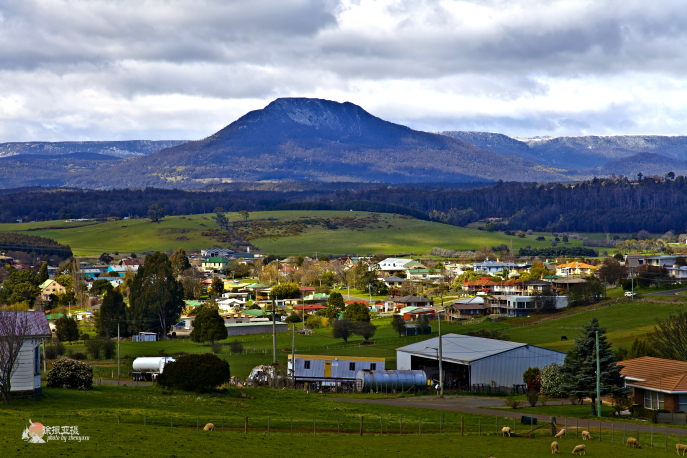
Cradle Mountain lies in Tasmania's heartland, forming part of the Tasmanian Wilderness World Heritage Area and serving as the center of Tasmania's wilderness. Its rugged peaks and alpine moorlands attract backpackers from around the world. Along with Wineglass Bay and Port Arthur, it forms Tasmania's three most famous tourist destinations. Cradle Mountain-Lake St Clair National Park in northwestern Tasmania was formed by glacial action billions of years ago. The four-hour journey from Launceston features small farms, historic buildings, endless beaches, forests, glacier-carved mountains, and lush pastures, creating a colorful journey. When driving through Tasmania's vast, uninhabited wilderness, the world becomes so quiet that only you and your breathing remain. When you finally see the clear outline of the "cradle" on the horizon, you can't help but be struck by its unique serenity and solitude.
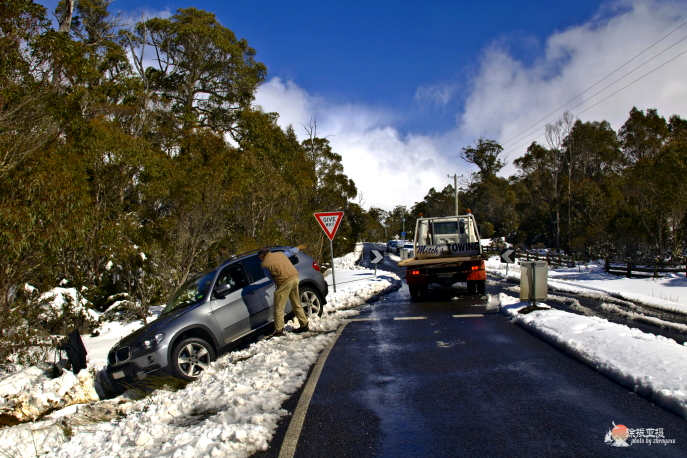
When I arrived at the mountain base, it was sunny and pleasant, but by the time I reached halfway up, snow began falling and grew increasingly heavy. I met many returning tourists on the road - some had given up halfway, others mentioned the park had been closed due to snowstorms the day before. Not wanting to turn back, I persisted driving through the heavy snow, but had to stop less than a kilometer from the park entrance. A Chinese family's BMW X5 had slid off the narrow road due to slippery conditions, blocking the path. Problematically, there wasn't even a proper tow truck in the area, just a basic utility vehicle trying to help. Word came that even inside the park, everything was obscured by fog, so I reluctantly abandoned my park visit. My Cradle Mountain experience ended up being just a few hours of distant observation around its perimeter.
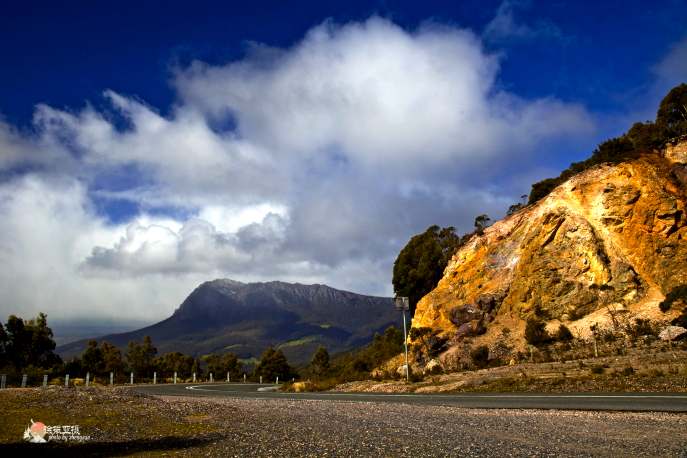
I later learned that hiking is the main activity at Cradle Mountain, particularly the "ultimate trail" connecting Cradle Mountain National Park and Lake St Clair - completing this trail is a dream for many native Australians. There are trails of varying difficulty suitable for different people, with the shortest one-way route taking just 20 minutes, manageable even for elderly visitors with limited fitness.
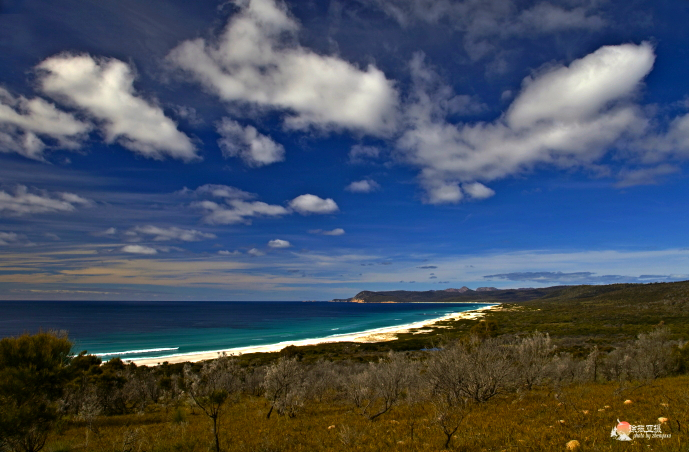
Wineglass Bay stretches for 30 kilometers and, though just one of Tasmania's many silver beaches, it's the most scenic and renowned, ranking among the "World's Top 10 Most Popular Beaches." Freycinet National Park owes its fame to Wineglass Bay.
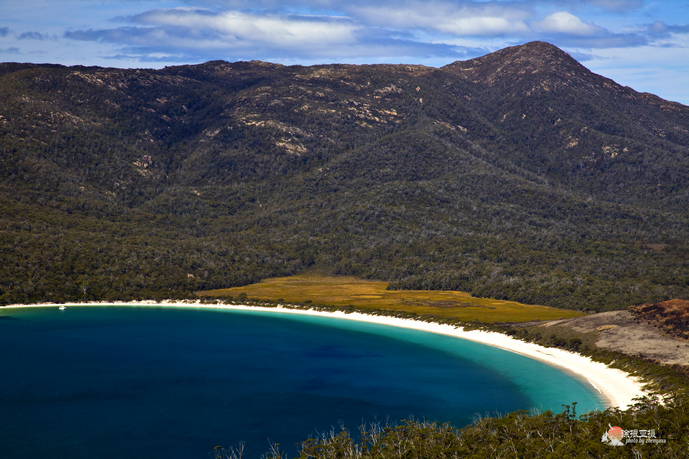
Under blue skies and white clouds, the azure waters meet white sand beaches and colorful reefs, existing as if in a world of its own. The curved blue and white bay resembles a new moon, with beauty that takes your breath away.
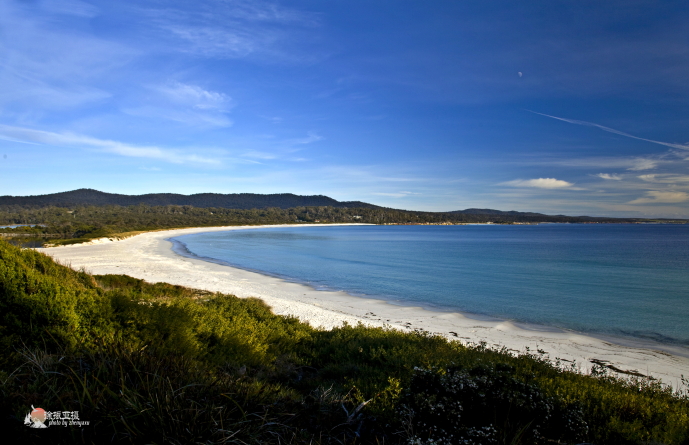
However, visiting Wineglass Bay isn't an easily satisfying experience. First, there's a long uphill hike after leaving your car. Even after reaching the viewpoint, you can only admire the bay from afar. To actually reach the bay itself reportedly takes a full day, which seems almost unimaginable. But thinking about it carefully, it makes sense - the "wineglass" is enormous, and being inside it would mean missing its true face, losing the value of appreciation.
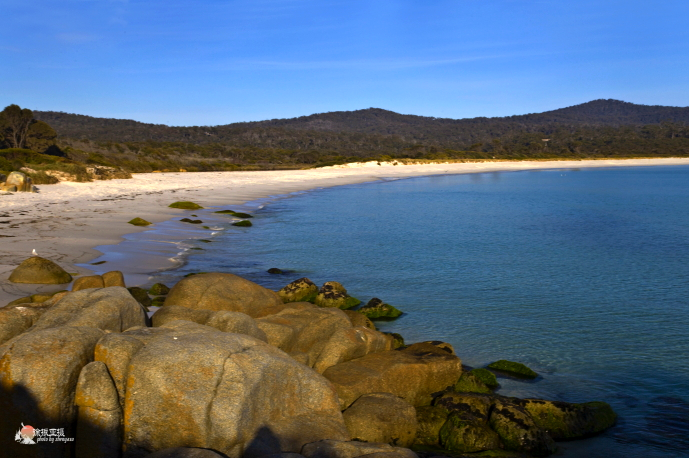
Though I didn't have time to walk down to Wineglass Bay's beach, I believe it's better appreciated from a distance. Another point worth noting is that it's genuinely cold there, with long periods without rain throughout the year - in this aspect, beaches near the equator have a clear advantage.

24
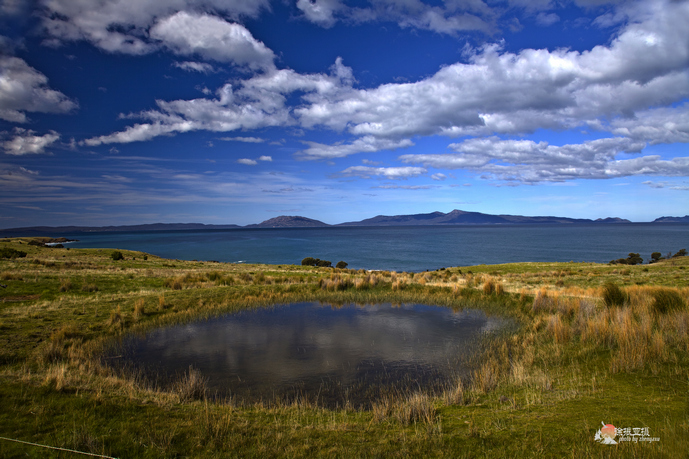
25
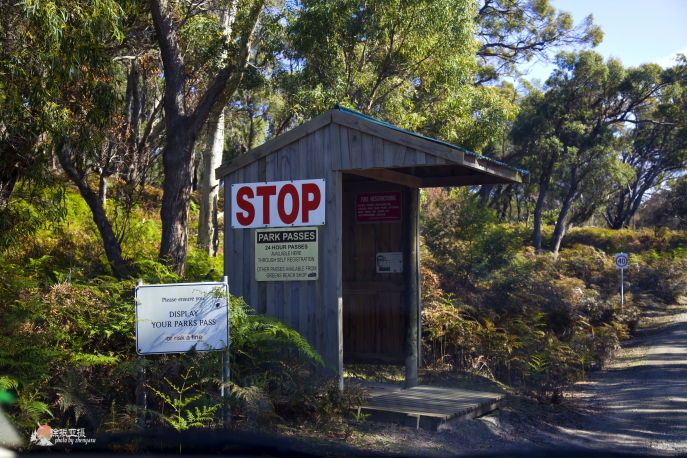
26
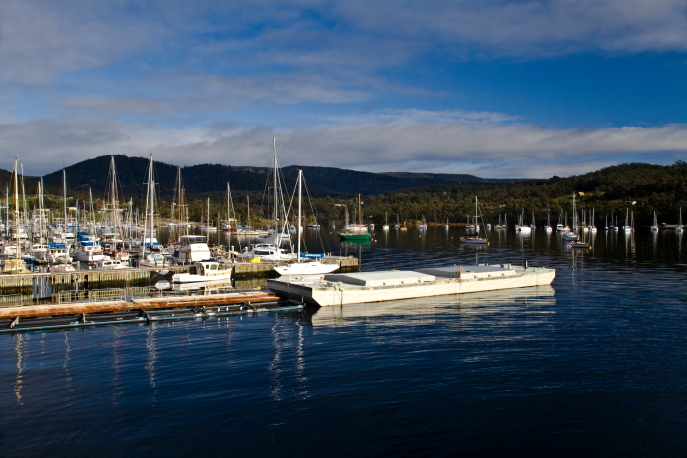
Port Arthur is Earth's most beautiful prison. Throughout history, Port Arthur has always been inextricably linked with "prison." Surrounded by vast ocean on three sides, with its only access being a narrow isthmus less than 100 meters wide known as "Eaglehawk Neck," its natural defensive position made it the perfect site for British and Irish authorities to send their most serious convicts in the 19th century.
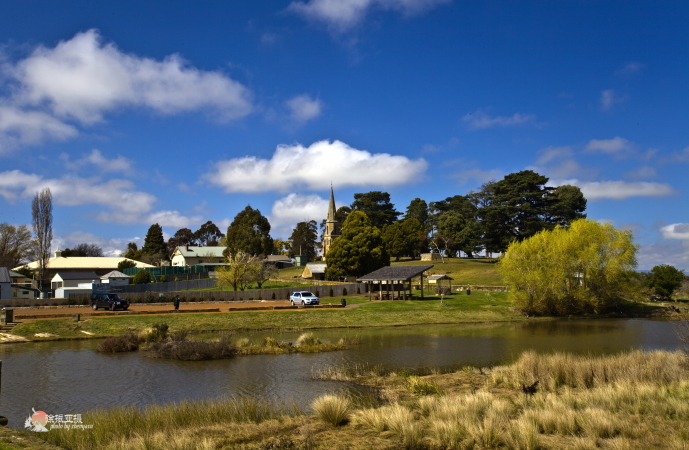
The unique South Pacific atmosphere makes it hard to associate with a prison. Almost every visitor marvels at the lush, grassy prison grounds, remarking that the prisoners here seemed to have lived better than many free people. When driving to Port Arthur during evening rush hour, I found the traffic crawling to a halt just after entering the peninsula. Eventually, I had to abandon the visit as I needed to reach Hobart to find accommodation for the night. Perhaps this poor accessibility was precisely why it made such an ideal prison location.
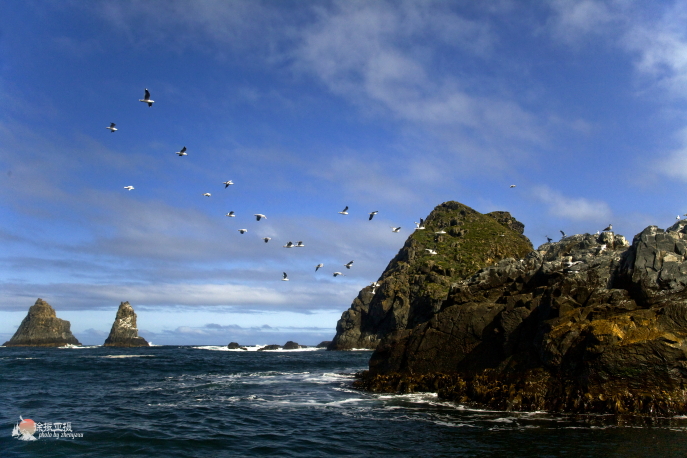
Bruny Island is located off Tasmania's southeastern coast, separated from the main island by the D'Entrecasteaux Channel. Both the island and channel are named after French explorer Bruni d'Entrecasteaux. Adventure Bay, located in the island's northeast, comes highly recommended by many, so I took a cruise around it. The boats run on schedule but may be cancelled during severe storms. I was lucky - I only had to wait about an hour after arrival. I used this time to walk to Captain Cook's landing point, but the path conditions were terrible. I spent an hour walking back and forth through muddy jungle with barely any trail. Though I didn't reach the peninsula's tip, I basically achieved my goal. At Adventure Bay, I didn't get any clear weather - I literally toured Storm Bay in a storm, with only parts of the journey free from rain.
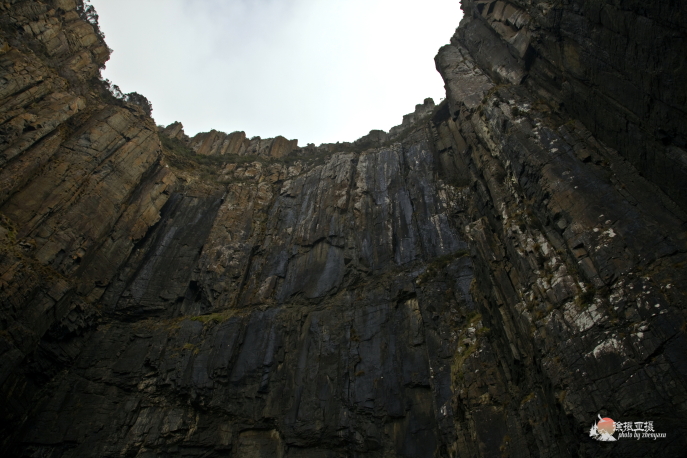
The dolerite cliffs rise over 200 meters above sea level, making them among Australia's highest coastal cliffs. When the boat stopped below them, the sight was truly overwhelming, even frightening - truly a remarkable natural wonder.
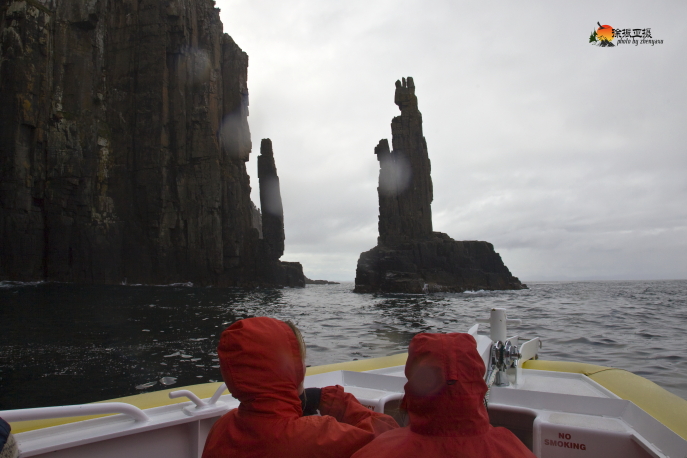
This reminds me of the Shiretoko Peninsula National Park in Hokkaido, Japan. It's an important Japanese natural cultural heritage site where you also take boat tours to view coastal cliffs. Unfortunately, when I visited Shiretoko in April, it was still closed due to cold weather. Reading the descriptions, these two places share many similarities.
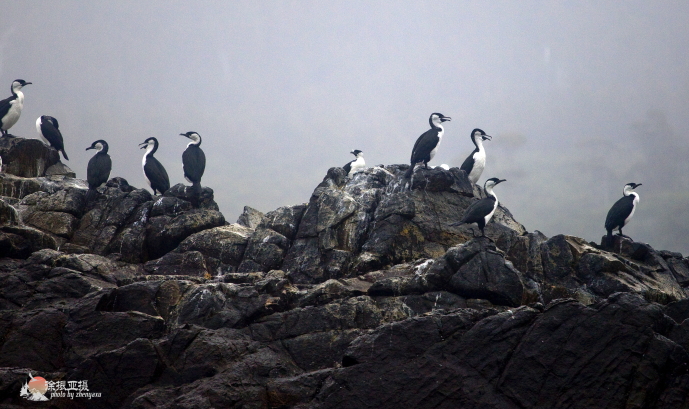
Besides the steep cliffs, Storm Bay also offers wildlife viewing. Penguins are the stars - if you're not going to special places like Antarctica, this is a great spot to see wild penguins. There are also sea lions and, of course, plenty of birds.
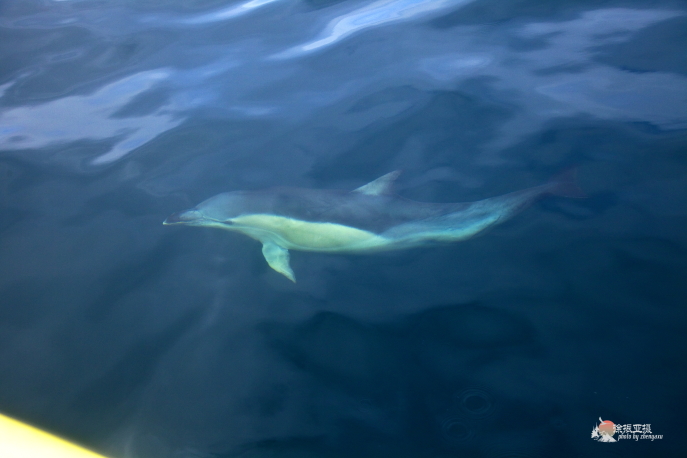
The most exciting part was seeing dolphins swimming right past the boat. Photography was challenging though. My camera got wet and could barely focus, and with the extremely dim light during the storm, most scenery and wildlife appeared and disappeared too quickly to capture any impressive photos.
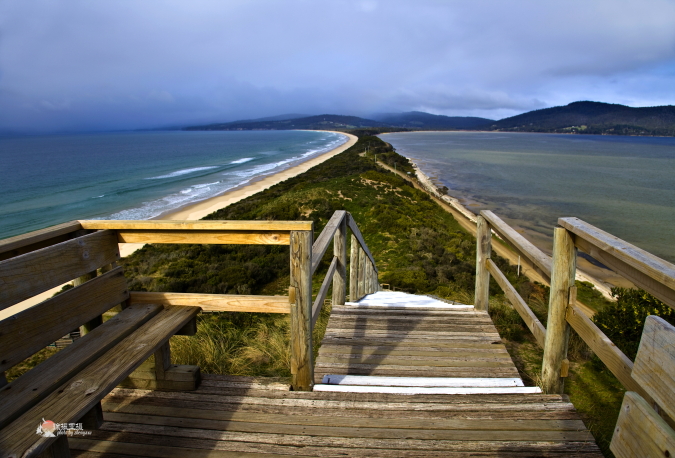
34

During my half day on Bruny Island, blue skies, white clouds, ocean, sunshine, beaches, green trees, pathways, and storms all blended together seamlessly.
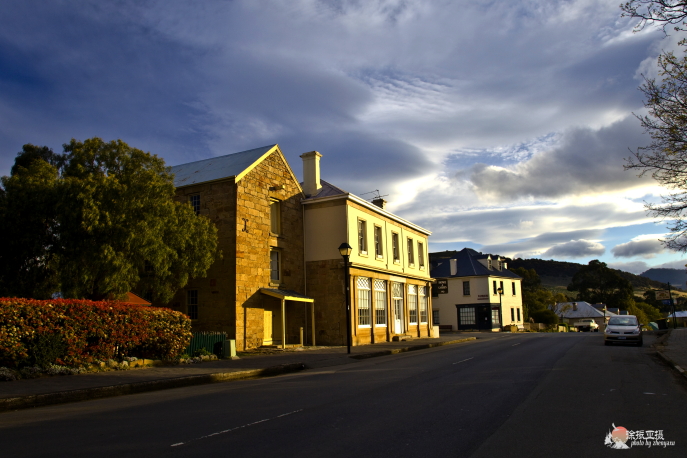
36
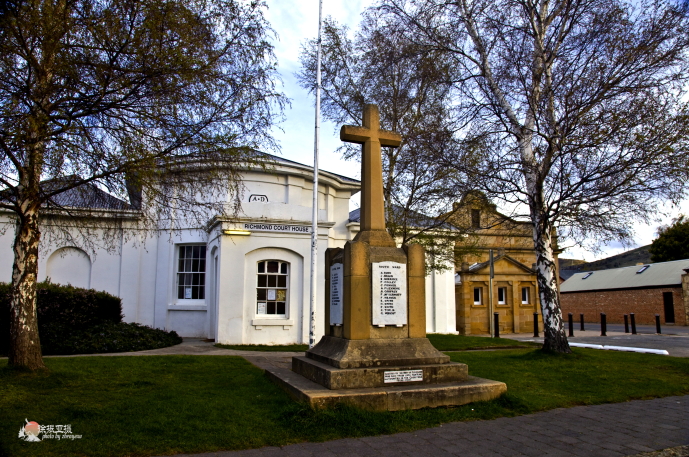
37
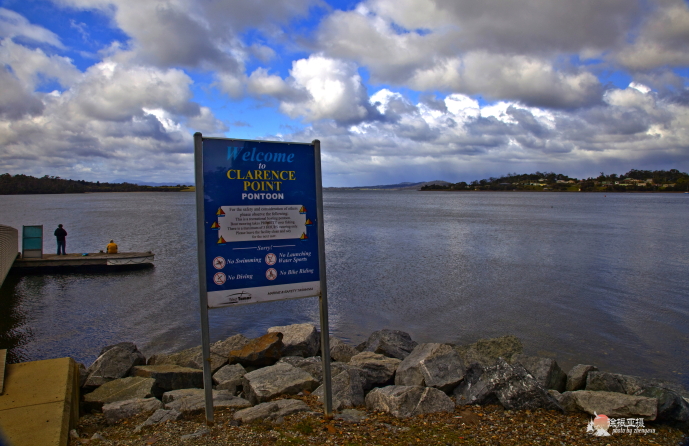
38
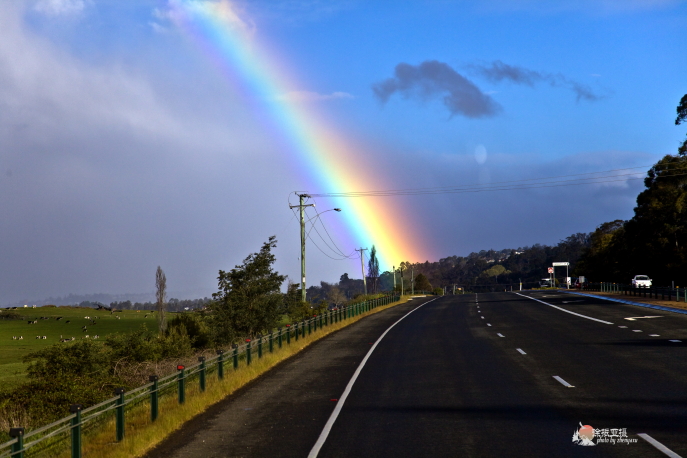
39
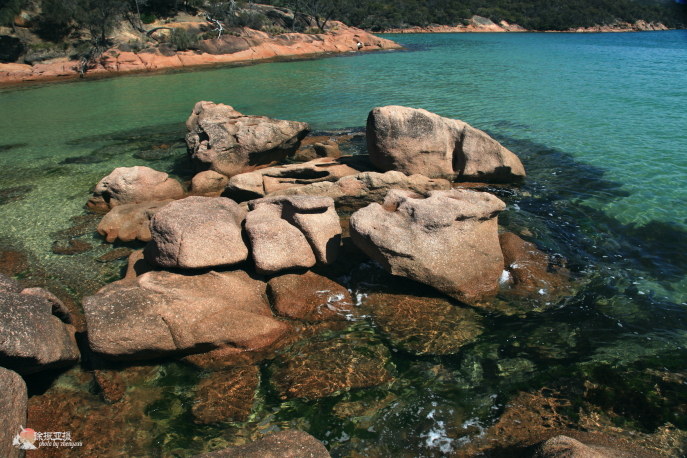
40
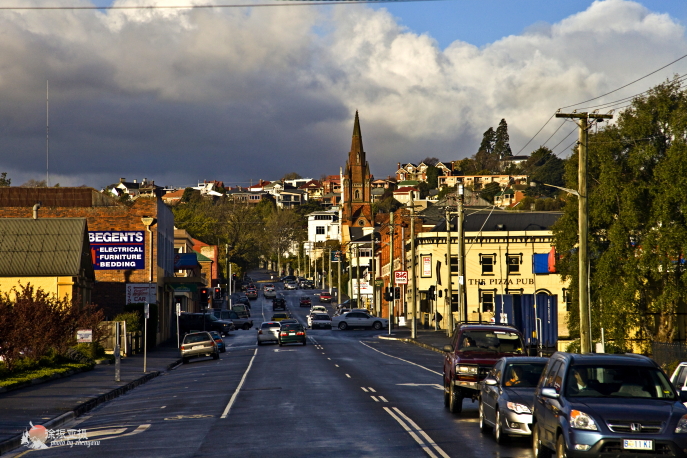
41
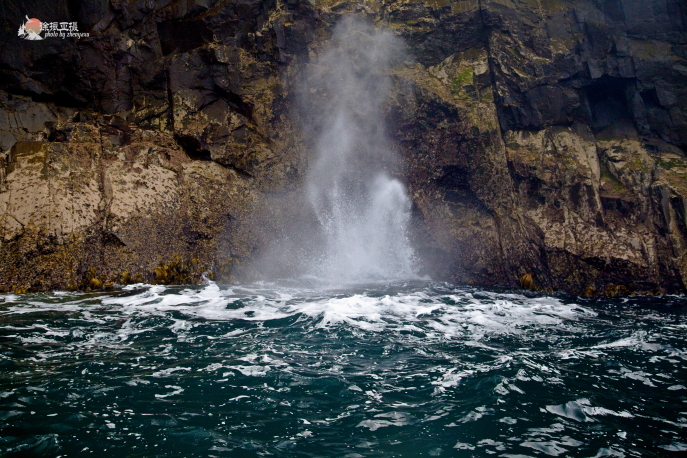
42
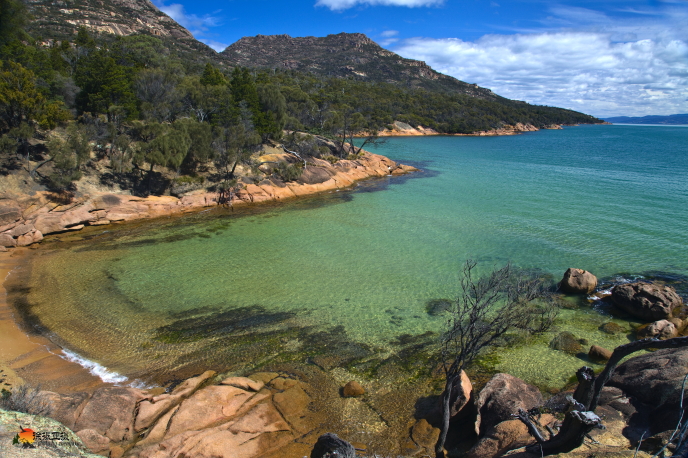
43
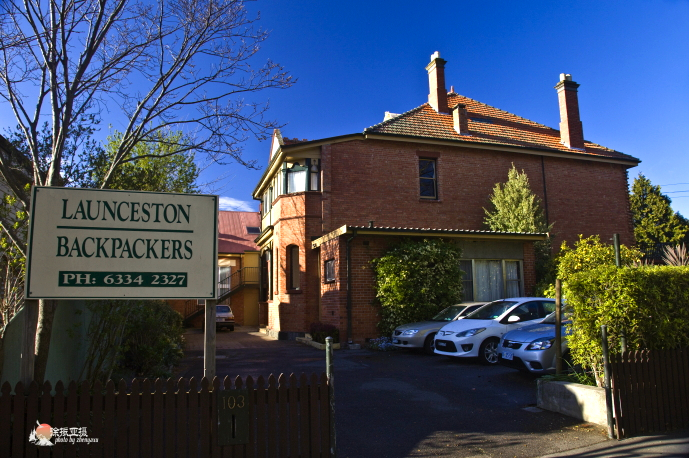
44
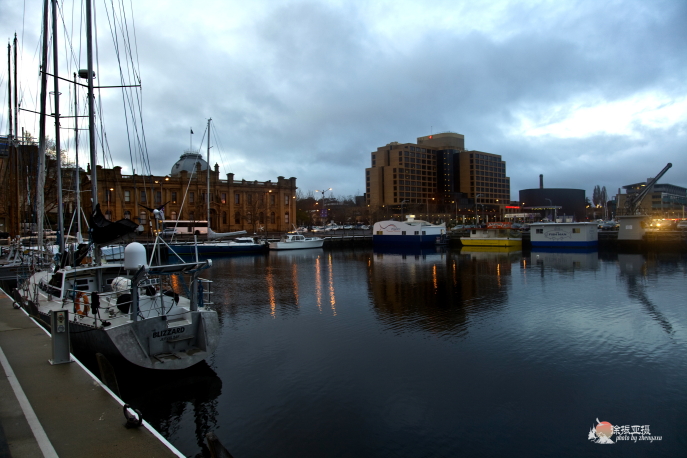
45
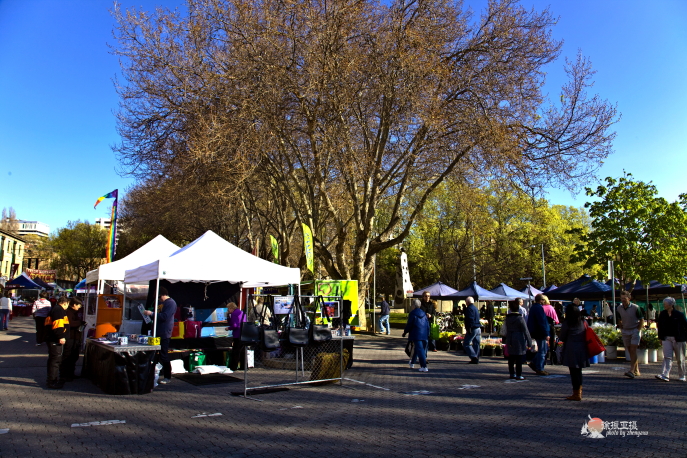
46
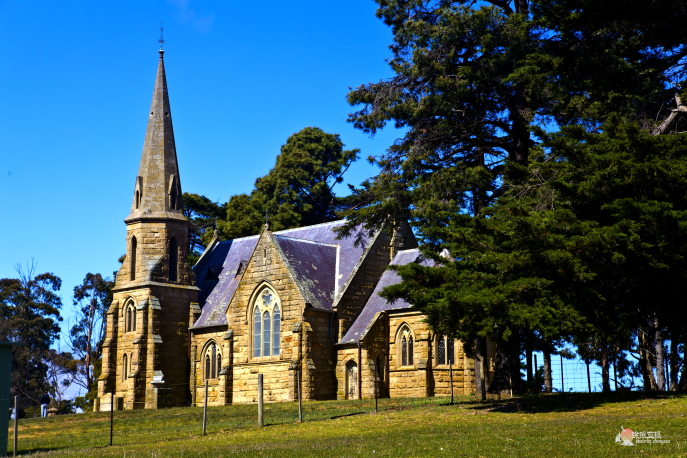
Itinerary: Launceston - Georgetown - Launceston - Westbury - Deloraine - Railton - Sheffield - Mount Roland - Launceston - Conara - Bicheno area - St Helens - Bicheno - Coles Bay - Wineglass Bay - along Tasman Highway - Cranbrook - Swansea - Triabunna - Orford - Sorell - along Arthur Highway - Dunalley - Port Arthur - Hobart - Sorell - Hobart - Kingston - Kettering - Ferry - Apollo Bay - Bruny Island
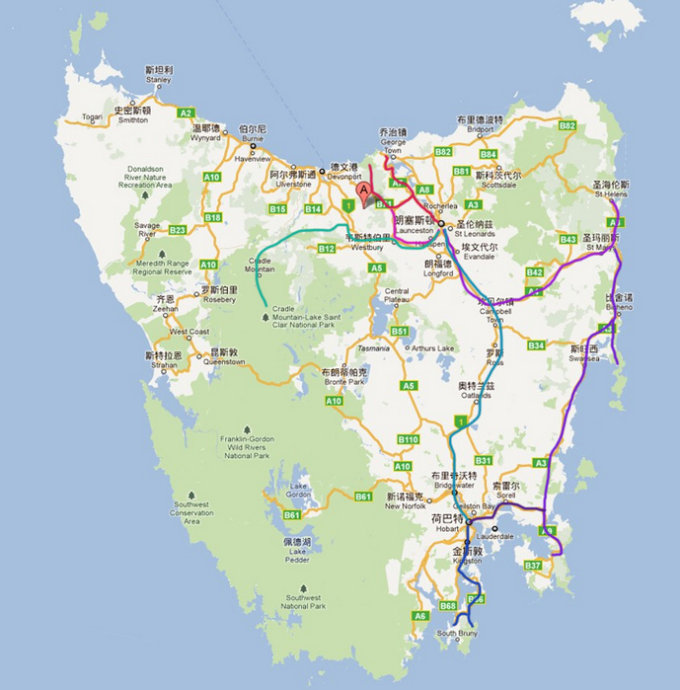
The red, purple, green, and blue lines on the map show my driving routes. Travel Information: There are many airlines flying to Australia with significant price variations, so it's worth comparing prices. All Australian international airports have frequent public transport connections to city centers, including buses, trains, taxis, and private transport companies. There are also airport shuttle buses providing transportation to accommodation. Tasmania has three cities with connections to mainland Australia: the capital Hobart, second city Launceston, and northern port Devonport. Among these, Launceston and Devonport only have flights to Melbourne. Weather: Due to its proximity to Antarctica, Tasmania's weather is relatively cold year-round, so even during summer visits, you should bring warm clothing. A waterproof jacket seems particularly useful. The seasons in the Southern Hemisphere are opposite to China's, so our cold Spring Festival coincides with Tasmania's warm tourist season. Accommodation: Australia offers various accommodation options. While driving, motels and youth hostels are most convenient. Many backpacker hostels don't require membership cards, though you can easily get one, and prices are reasonable with shared room options available. I usually preferred four-bed rooms, but later found that even ten-bed dorms weren't too inconvenient, as everyone was a fellow traveler, and you could sometimes get useful information unexpectedly.
LIMITED TIME OFFERS
Related Apartments
Premium accommodations at exceptional prices.
Elevate your travel experience with our carefully curated holiday deals.
 Terry Road, Eastwood NSW, Australia
Terry Road, Eastwood NSW, Australia $180 - $300
-
2 Bedrooms
-
2 Baths
-
2 Guests
 Forest Road, Hurstville NSW, Australia
Forest Road, Hurstville NSW, Australia $150 - $220
-
3 Bedrooms
-
2 Baths
-
4 Guests
 Village Drive, Breakfast Point NSW, Australia
Village Drive, Breakfast Point NSW, Australia $250 - $400
-
3 Bedrooms
-
2 Baths
-
3 Guests
 Windsor Road, Dulwich Hill NSW, Australia
Windsor Road, Dulwich Hill NSW, Australia $150 - $250
-
1 Bedrooms
-
1 Baths
-
1 Guests



![[AUS Koala Country Travelogue] Season 3 — Gold Coast Chapter](https://www.sydneynest.com/uploadfile/202506/a2cc2d28ca567b4.jpeg)
